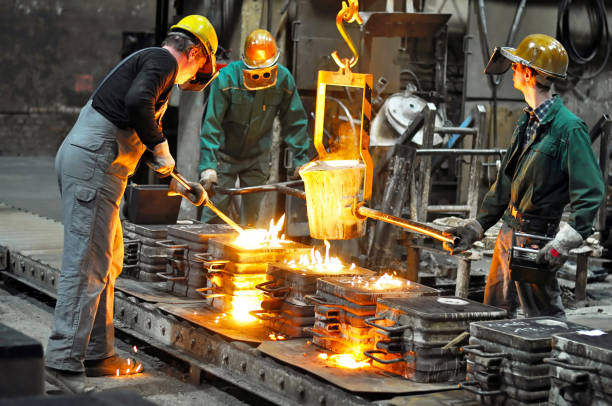![]()
Additive manufacturing also known as AM is the process where more substances are added when manufacturing a product. Which most people don’t know is that additive manufacturing has been around since the 1980s and is not a new technology. In terms of assembly and industrial fabrication, additive manufacturing is a game-changer. Adittive manufacturing guides digital hardware to build precise geometric shapes using computer-aided design software. AM facilitates the manufacture of lighter, stronger components and systems by meticulously depositing endless amounts of material, bringing digital flexibility and efficiency to manufacturing operations. Additive manufacturing has helped prove beneficial in production of small amounts of complex parts. Even though additive manufacturing has been around for a while, some people are still aren’t convinced about the benefits of the technology. There are seven major categories of additive manufacturing. The first one is binder jetting, also called powder bed and inkjet which uses liquid materials to print onto powder. Then there are directed energy deposition using thermal energy to fuse metal, material extrusion or fused filament fabrication, material jetting, powder bed fusion which uses various techniques of selective laser sintering, sheet lamination and vat photopolymerization which is also one of the earliest method of 3D printing.
Here are some major benefits of additive manufacturing, in case you are not sure about it.
- THE COST OF ENTRY IS BECOMING AFFORDABLE BY TIME : The first thing most manufacturers would be worried about is big capital investment. People might feel that taking up a new manufacturing method could be expensive and need a lot of investment but incase of additive manufacturing, it’s not true. With new and advanced technologies available, the cost of entry has become much more affordable than historically it has been. The quality printers and raw materials are pretty affordable and it helps increase the speed and profitability of any business model.
- IT’S EASY TO CHANGE VERSIONS OF THE PRODUCT : It’s not just about making a physical product using additive manufacturing; it’s also about putting innovative solutions front and center. One of the key advantages of additive manufacturing is the ability to be creative without worrying about cost or schedule constraints. Before committing to a commercial run, several prototypes can be printed, leaving less potential for error throughout the process. Any changes to the original specification are digitally produced in AM, lowering the cost of modification to reach the desired output. Older design changes are typically more expensive to implement. . By moving away from static designs and allowing engineers to build several variations of a single design in a cost-effective manner, additive manufacturing tackles this challenge.
- SAVES ENERGY COSTS : By utilizing less material and removing steps in the manufacturing process, additive manufacturing can considerably cut energy consumption when compared to conventional manufacturing procedures. AM consumes fewer resources, necessitating less supplementary equipment and, as a result, decreasing manufacturing waste. AM cuts down on the number of raw resources required to make a product. As a result, raw material extraction consumes less energy, and AM has fewer energy requirements overall.
- LESS ONHAND INVENTORY STOCK IS NEEDED : With additive manufacturing, you can now have a virtual inventory unlike the traditional methods of manufacture. Earlier if after manufacturing you were stuck with stock full of already made parts and once the older parts are of no need they all turn to scrap. Additive manufacturing removes the requirement for extra inventory stock and the expenditures connected with it. Components are produced only on demand using additive manufacturing, which means there is no overproduction, no abandoned completed goods which leads to less reduction in inventory stock.
- REDUCED WASTE PRODUCTION : Conventional manufacturing methods, additive manufacturing produces much less waste. A timber milling machine removes material from a block that is a whole complete item than the finished result. All the material that is being removed is usually in very small particles such as shavings or kindling which cannot be used further. All of these materials are then classified as wastes with no further use. On the other hand, additive manufacturing operates in a different way. Rather than removing material, it “adds” it layer by layer, ensuring that just what is needed is used. In this method, additive manufacturing can save up to 90% on material prices and waste.
